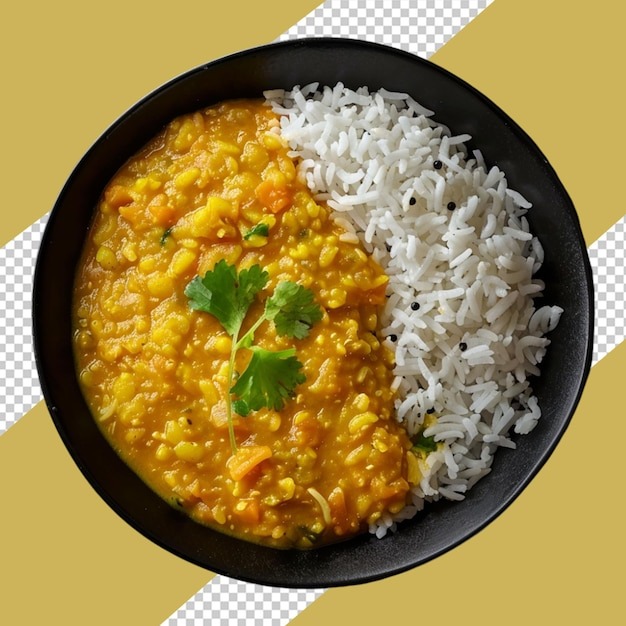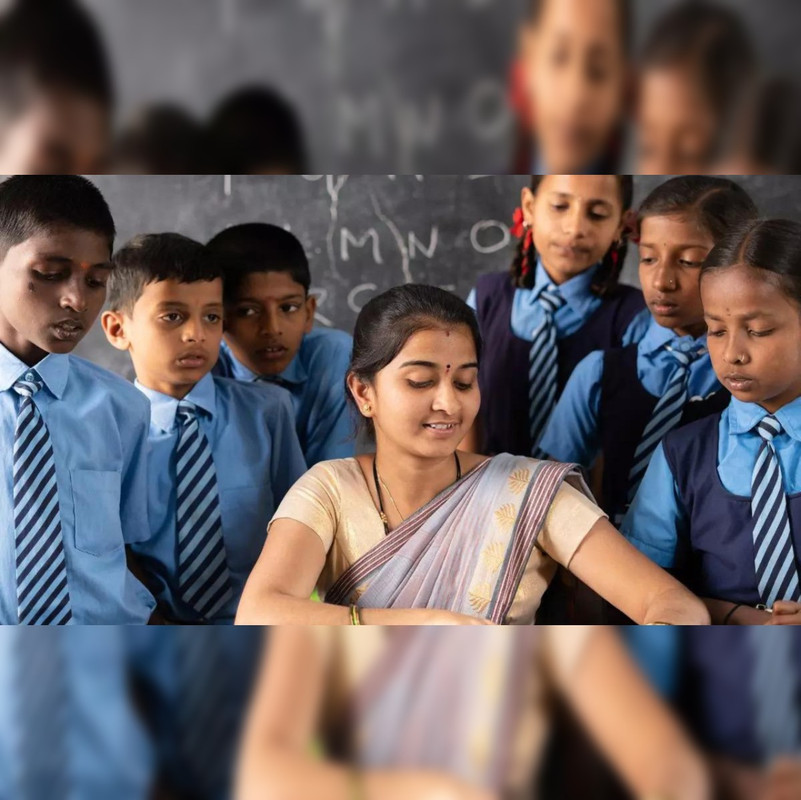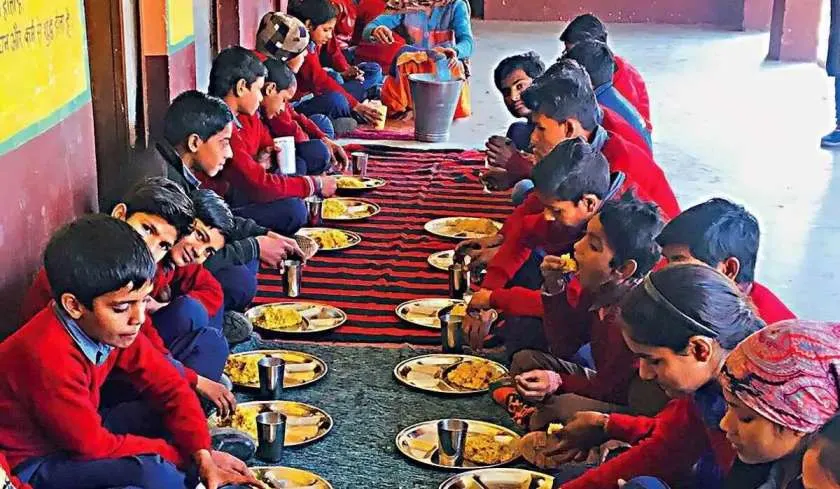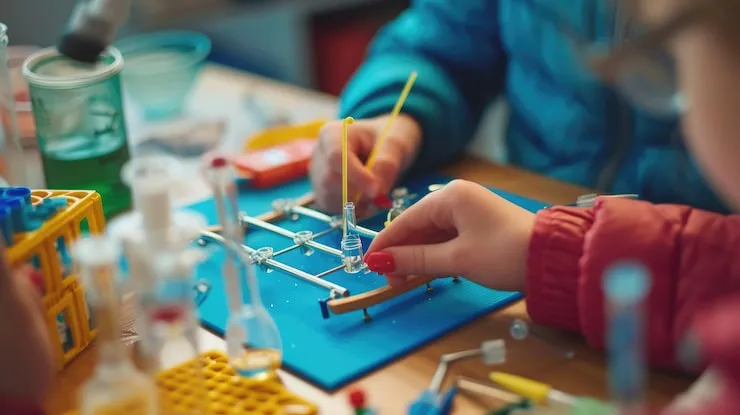There’s something quiet—but kind of powerful—happening in Gujarat’s schools lately. Not about exams or classrooms. It’s more... basic. But also more essential. It’s about what kids are eating at lunchtime. And whether they’re even healthy enough to sit in those classrooms in the first place.
See, the state's mid-day meal program has always been around. But now? It’s getting bigger. Sharper. Cleaner. And—surprisingly—global. Yeah, international help is flowing in. Not just funds, but people who know what they’re doing. Nutrition experts, tech folks, even pediatricians. They’re working alongside local teachers, cooks, government officials—trying to make school life a little more human, a little more caring.
What’s on the Menu? A Bit More Than Just Dal-Chawal

Let’s be honest: for many kids, that plate they get in school at noon? That’s their most solid meal of the day. Maybe their only one. That’s why what goes onto that plate matters. It used to be simple stuff. Rice, dal, maybe a roti or vegetable if the cook had something extra. But now, things are shifting. Slowly, sure. But they are. The menu rotates now. Twice a month. Millets—bajra, ragi—have quietly made a comeback. Why? Because they’re cheap, local, and good for digestion. Some schools even have fruit days now—apples, bananas, guavas, depending on what’s in season and what the vendor brought in.
There are nutrition planners involved now. Some folks from NGOs working globally with school food programs have been helping Gujarat’s local administrators figure out not just what to serve—but how to keep it interesting. And hygienic. That part’s key.
School Kitchens: From Smoke & Stains to Steel & Steam
You know those old school kitchens—smoky, cramped, leaking roofs? Some still exist. But some? They’ve been upgraded. Centralized kitchens in urban pockets are feeding up to 25,000 kids a day. Giant steel vessels, steam-based cooking, filtered water, staff in aprons and caps.
And these aren’t just random kitchens. Their layouts? Designed with help from international food safety engineers. Yep. Proper floor drains, food flow logic (raw to cooked zones), and separate wash areas. Some of this work is being done with quiet funding from global foundations. Not in-your-face charity. Just strategic help to scale the model right.
Read more:- Gujarat Government Education Loan For Study Abroad
Cooks, But Not Just Cooks Anymore
The women (and sometimes men) who stir those huge pots every day—they’ve been getting trained. Not just in recipes. But in things like cross-contamination, cooking temperatures, child psychology even. A few sessions were led by folks who’ve worked in school kitchens in Africa and Southeast Asia. Shared tips. Swapped stories. Learned how to talk to kids while serving them—not just dump food and leave. This part doesn’t make headlines, but it sticks. Kids remember the smile with which food was served almost as much as the food itself.
Now Let’s Talk Health—Not only meals
So, food is one thing. But what about kids who come to school coughing? Or dizzy? Or who can’t read the blackboard 'cause their vision's fuzzy? Here’s where health schemes kick in. In 2025, Gujarat expanded its school health check-ups. Massively. Doctors now visit schools—actual pediatricians—checking eyes, ears, teeth. Giving basic meds. Keeping logs.But here’s the fun twist: they’re using mobile vans in remote areas. Vans with portable equipment. They even have child-friendly cartoon stickers on the inside, so kids aren’t scared.
All the data? Logged into tablets. Synced to the child’s student ID. And if something serious pops up, alerts are sent to the local health center and—if possible—the parents. And this setup? It's backed by a mix of state funds and international health groups who’ve worked in places like Bangladesh and Kenya before.
Girls Are Getting Noticed Too (Finally)
One area getting overdue attention is adolescent girls. Because let’s face it—many of them drop out by Class 9 or 10. Reasons vary, but health and periods top the list. So now, select schools have begun setting up menstrual care corners. Sanitary pads, clean toilets, locked cupboards. Some have tiny booths where girls can talk—privately—to female health workers. The idea came from a pilot run by an international group focused on women’s health. It worked. And it’s growing. Also, iron tablets are being handed out regularly. With supervised swallowing—so they’re actually taken, not tossed out.
Teacher Stuff: Yes, There’s an App for That

District education offices now use an app to track meals, health visits, absenteeism. If a school missed delivering lunch on time three times in a week, it gets flagged. If a child missed meals five days straight, a teacher gets a nudge to check what’s up. And the app? It’s simple. It’s in Gujarati. And teachers have adapted to it way quicker than expected. Also, nutrition data is being slowly layered in. So if a region shows signs of kids underweight or pale or sluggish—extra care plans can be put in place. It’s not flashy. But it’s working.
Local Roots, Global Wings
What makes this whole movement unique is the mix. Local community cooks, state officials, school teachers... paired with global experts who’ve done this before in Uganda, Peru, even parts of Indonesia. They’re not bossing around. Just nudging. Guiding. Sharing templates that worked elsewhere. Tweaking them for Gujarat’s context. Some of the biggest supporters don’t even ask for publicity. They just want to see kids thrive. And slowly, they are. Teachers say afternoon sleepiness has dropped. Kids are more alert after lunch. Some are even gaining weight—where they needed to.
What’s Next? Probably More Quiet Work
The government wants to scale the health vans. Add more fruit to the menu. Bring in mental health check-ins. Maybe even cooking workshops for high schoolers someday. Global groups are sticking around, for now. But the state’s also training locals—so the support system doesn’t collapse when the visitors leave. Because in the end, this isn’t about handouts. It’s about handholds. A little nudge, a little care, a little planning—and a whole lot of listening to what children really need.
If a child walks into school hungry and walks out full, healthy, and smiling—that’s a win. If she comes back the next day, that’s two. Multiply that by millions, and you’ve got transformation. Not overnight. But real. Gujarat’s mid-day meal and school health journey? It's not perfect. But it’s on the right track. And it’s powered by something deeper than funding—it’s powered by food, care, and a little global faith in something very local.













